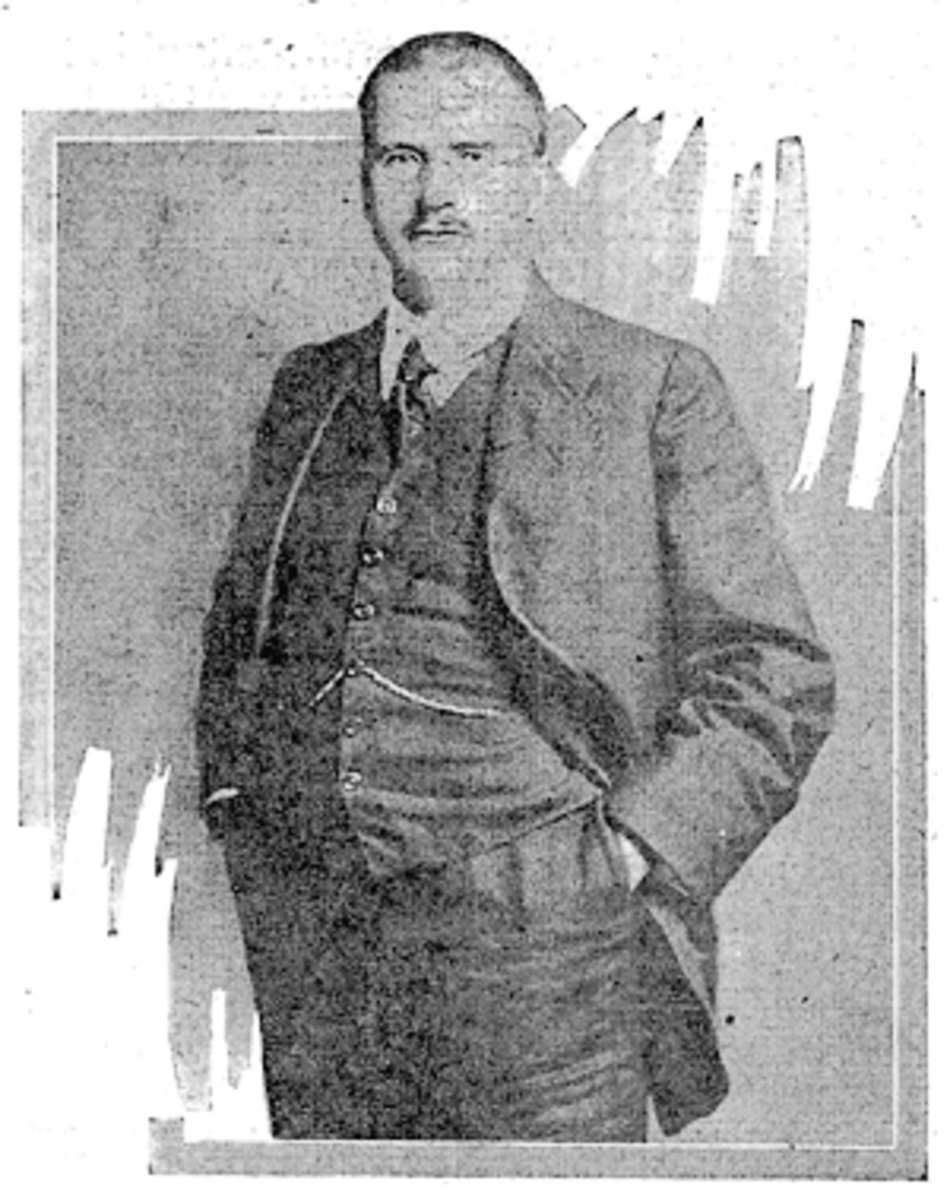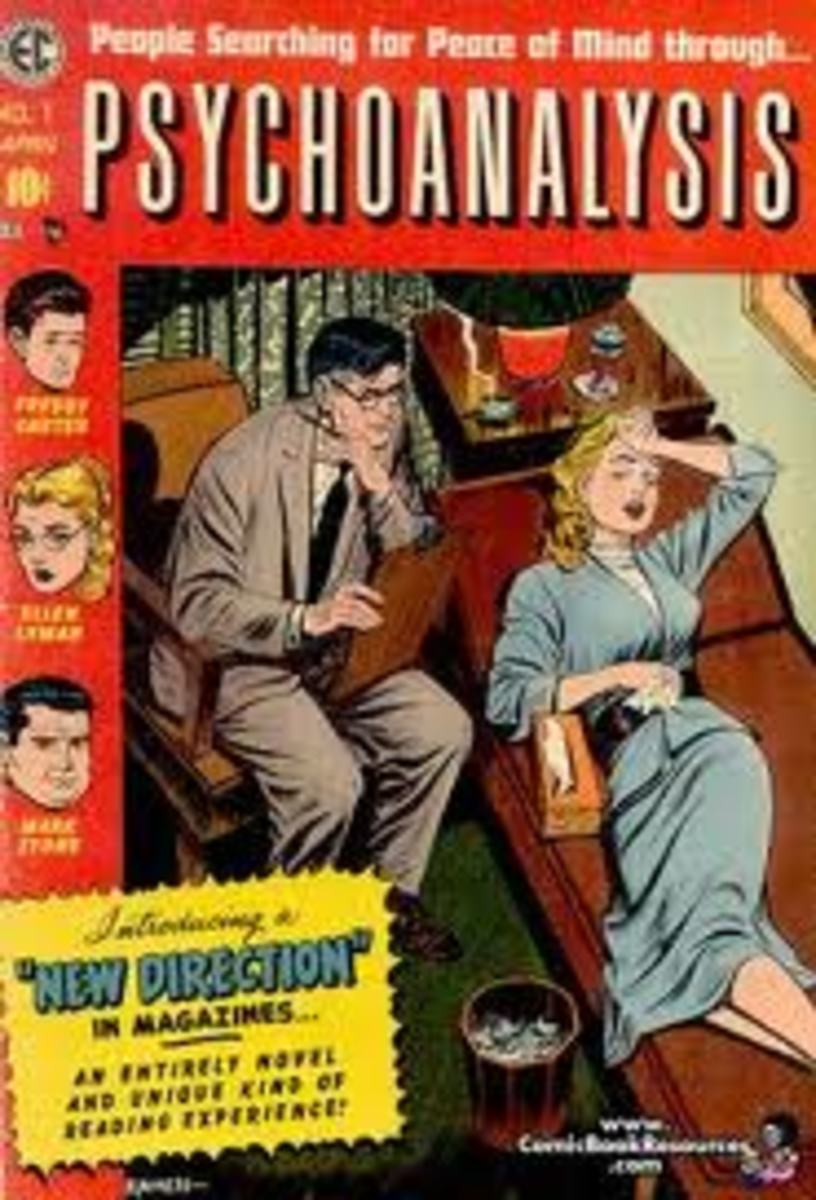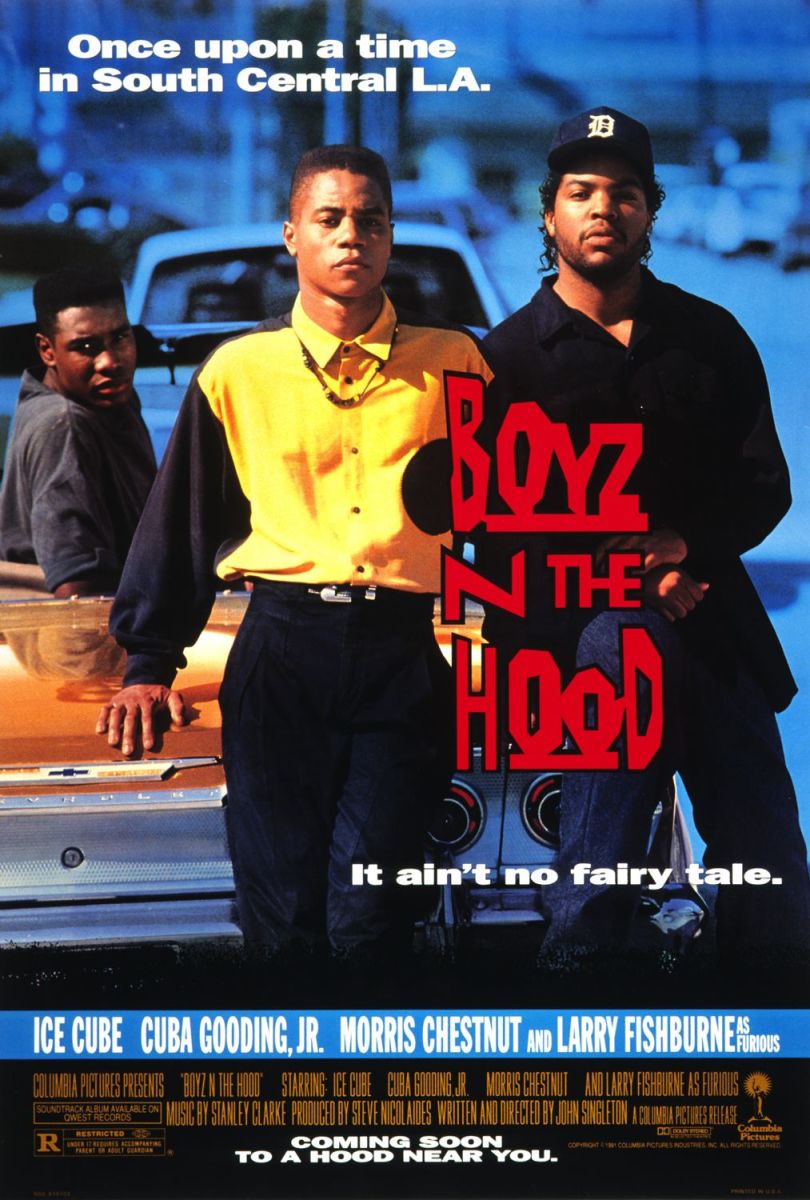“Textbook of Psychoanalysis” and “A Dangerous Method" - Coincidence, Psychic Determinism or Serendipity?






Psychic determinism is a fundamental principle of psychoanalytic theory which asserts that nothing happens by accident, chance or in a random way; nothing in the mind or in the world. Events in our mental life are determined or caused by events that preceded them, just as events in the physical world are caused by events preceding them.
On October 27, 2011 American Psychiatric Publishing released the second edition of Textbook of Psychoanalysis; the only comprehensive textbook of psychoanalysis in the United States. On November 23, 2011 Sony Pictures released the movie, “A Dangerous Method,” which features the true life events of the founders of psychoanalytic theory; Sigmund Freud, Carl Jung and Sabina Spielrein. The movie is based in part on copies of Speilrein’s medical records, diaries, journals, and copies of her written correspondence with Freud and Jung.
Is it a coincidence that two significant psychoanalytic events occur within thirty days of each other? For a true proponent of psychoanalytic theory, such a phenomenal coincidence cannot be dismissed as meaningless or accidental. The questions, “What caused this?” and “Why did it happen so?” beg to be asked. The questions are asked because of the firm belief that an answer exists. Whether or not we are ready to hear the answer remains to be seen.
Psychoanalytic theory maintains that much of human life is so painful that it cannot be experienced in a fully conscious state. Much of what we do and the reasons we do it are unknown to us, or unconscious. We have defense mechanisms that protect us from being fully aware and conscious of our reality. Our defenses would enable us to remain in blissful ignorance, were it not for the conflict between our conscious reality and unconscious material, and the psychological distress that this conflict creates. Thankfully, our distress can be treated and resolved through years of psychoanalysis.
If in the course of our analysis we become aware of strong positive or negative feelings toward our analyst, we can rest assured that these feelings are part of our unconscious drives for lust and aggression, and that we are becoming more aware of them as a result of our analysis. If on the other hand, an analyst becomes aware of strong positive or negative feelings toward a patient, it is preferable, prudent and ethical for the analyst to consult with a supervising analyst about this phenomenon. For an analyst to act on these feelings and pursue a romantic relationship with a patient is a breech of ethics, a violation of the doctor patient relationship, and potentially traumatizing for the patient. The fact that these phenomena, known as transference and counter transference, and other sexual and aggressive dynamics often occur in psychoanalysis is the reason for the title, “A Dangerous Method.”
Enter Sabina Spielrein. Sabina, at age 18 is admitted to Burgholzi Hospital in Vienna just before WWI under the care of her 29 year old psychiatrist, Carl Jung who lives in the hospital with his pregnant wife, Emma. Sabina is an intelligent, attractive and well educated Russian who speaks German and presents with disruptive and violent behaviors. Jung decides to use the new “talking cure” with Sabina, and consults with Freud on its use. An interesting love triangle develops between Freud, Jung and Sabina that is complicated by the presence of Jung’s wife, Emma, and Otto, a psychologist who is also a patient of Jung’s, and who is described as a “committed immoralist and drug addict” who believes strongly in not repressing any desire.
Licensing boards for various mental health professionals vary in how long after treatment, if ever, it is appropriate for a therapist to engage in a sexual relationship with a client. In the movie, it is noted that Carl Jung did wait until Sabina’s treatment was complete before he succumbed to his sexual desires and engaged in a sexual relationship with her. The movie, however, promotes the notion that it was the sexual relationship that followed, as much as the analysis of sexual and aggressive phenomena that healed Sabina. She was able to link her masochistic and submissive sexual behaviors to her history of physical abuse by her father as a child. While portrayed as transformative for Speilrein, the affair is shown as destructive for Jung who, years later, is still riddled with guilt about it and has experienced negative personal and professional consequences because of it.
After her treatment and before her sexual relationship with Jung began, Spielrein began her studies to become a psychoanalyst herself. Her theory that the sex drive is an instinct of destruction as well as transformation preceded Freud’s death wish theory and Jung’s views on transformation. The movie shows how she inspired Jung and Freud and contributed to psychoanalytic theory, even though historically she has not been given credit for her contributions.
Spielrein took psychoanalysis to Russia when she eventually returned there. From a family of Russian physicians herself, Spielrein married a Russian physician. They had two daughters. At age 57, Sabina Spielrein and her two adult daughters, ages 30 and 18 were killed by an SS death squad during the Holocaust in 1942. She had lost her husband during Stalin’s Great Purge from 1936-1938.
Is it coincidence or psychic determinism that explains the emergence of two significant works about psychoanalysis within thirty days of each other? Are we collectively more conscious now than we were 100 years ago and less resistant to the notions that our biological drives determine our behaviors? Are we any less repressed with our sexual and aggressive drives, and freer of the symptoms caused by repression? Are we any better equipped to solve the problems created by sexual and aggressive instincts today?
Perhaps there is no connection between the two events. Perhaps thirty days is nothing more than the amount of time it takes the average person to read the 620 page text before going to see the 99 minute movie. It is at least serendipity that brought the two events to the attention of this writer, who routinely searches the web for interesting material about behavioral health to share with her readers.











